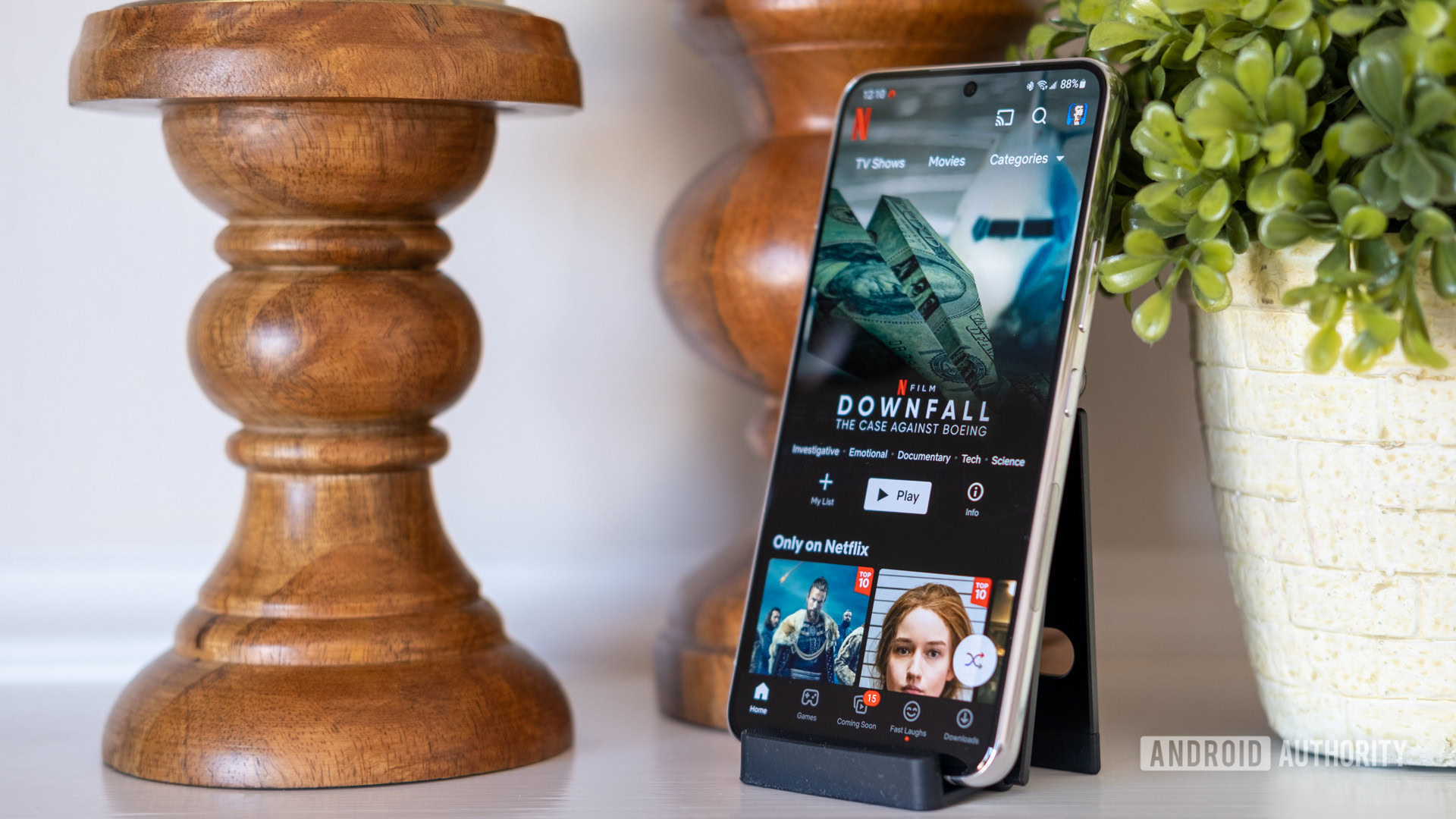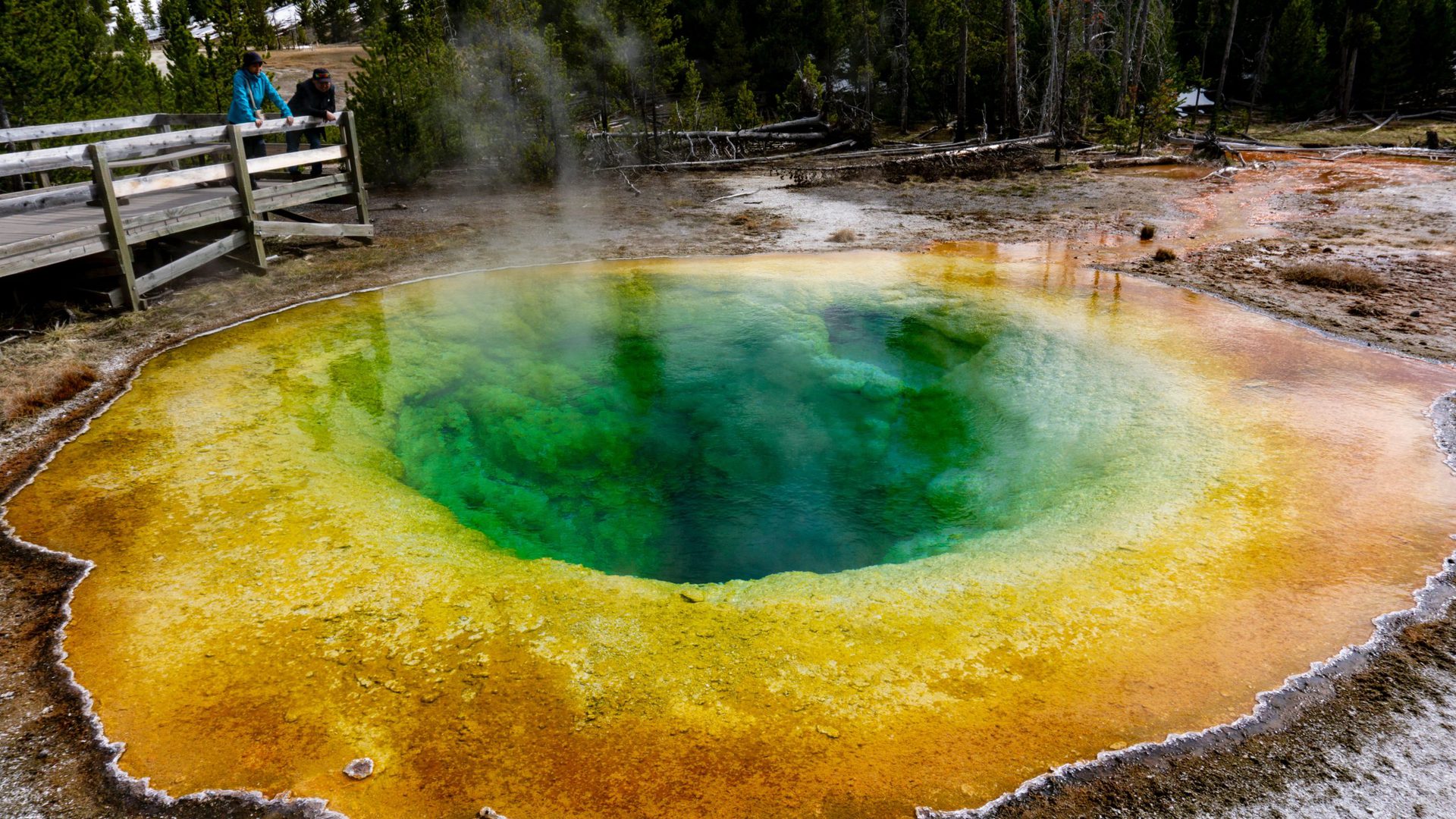Daily Authority: ???? Netflix applies the clamps on sharing
???? Good morning! Read on for a really deep hole story!
Netflix cracks down

Ryan Haines / Android Authority
Netflix made the long-waited/long-feared announcement yesterday: it’s going to start cracking down on password sharing.
- You may enjoy reading Netflix’s blog post, carefully crafted to avoid saying: stop sharing Netflix and start paying more.
- It weaves together words like “created confusion” about sharing and, oops, “accounts are being shared between households.”
- The problem is that this impacts Netflix’s “ability to invest in great new TV and films for our members.”
- The “new features” are only going to be “tested” in Chile, Costa Rica, and Peru, for whatever reason.
- And there’s no word on when this will roll out globally.
- Netflix is reportedly not tracking via GPS, but just IP addresses and device IDs.
The Netflix fix:
- So, rather than slapping limits on accounts, which Netflix recognizes would obviously cause a bunch of backlash and possible loss in user base, the idea is you can add more people by just paying a bit more each month.
- The cost is 2,380 CLP in Chile, 2.99 USD in Costa Rica, and 7.9 PEN in Peru; so about $2-3 or so a month.
- And somehow Netflix is bold enough to say that this will be a lower price: “Members on our Standard and Premium plans will be able to add sub accounts for up to two people they don’t live with.”
- One of the great features of streaming is that sharing is so possible. Lots of people feel nice when they share a subscription.
- And, Netflix is coming from so far back on this: while sharing was iffy, the lack of ramifications from it and other streaming services made it feel very normal. Wresting that away from people won’t be popular.
Welp:
- Anyway, it’s all directly related to Netflix’s slowing growth. Without new subscribers piling in, Netflix’s ~222 million total subscribers are obviously vastly more valuable when you can add a few bucks more a month.
- More revenue per subscriber means a happier market on Wall Street, and so on.
- A lot of comments suggest this shows the streaming bubble, which was obviously inflated during the pandemic lockdown periods, might be bursting.
- I don’t know, it seems more likely Netflix is reaching that period that Uber reached: unsustainable pricing created a base. But once growth stalls, to make real profits, that base needs to pay.
- Which is why, now, Uber can be for some people more expensive than legacy metered taxis. Kevin Roose’s NYT piece that said the “millennial lifestyle subsidy” would eventually run out for use of Uber and Airbnb and so on keeps becoming more accurate.
- The current subsidy-fuelled-unsustainable-sounding-business, depending on where you live, is fast-grocery delivery.
- I wonder how the free-tier option being trialled in Kenya went?
Roundup
???? Google I/O dates announced for 2022: Starting May 11, almost fully virtual apart from some Googler attendees. Important date given Google will announce a bunch of stuff, possibly including a new Pixel phone, or even a foldable? (Android Authority).
???? Apple iPad Air reviews are out and this one is really good: a largely positive review from Brenda Stoya but it gets to the bottom of why using an iPad all the time can be maddening: “If someone told me the only device I could ever use for the rest of my life was an iPad Air, I’d probably cry … In practice, it’s hindered by the frustrating software that is iPadOS. The thought of only ever using the iPad is enough to make me clutch onto my MacBook for dear life.” (Wired).
???? The first NBA broadcast rendered with volumetric video: using 110 data capturing cameras, the live game broadcast is then rendered. And why? Well, it can be used to create views from literally every possible angle. Looks fairly early still, but interesting (The Verge).
???? Fly away, little sensors! These tiny wireless devices can be scattered by the wind and can capture temperature, humidity, and exposure. The obvious e-waste problem is touched on (TechCrunch).

Remember when the world’s deepest hole in the Earth was a measly 7.5 miles (12,262 meters) deep, via the Kola Superdeep Borehole in Russia? Oh, how we laughed.
- A new effort, courtesy of $63m in funding, comes out of a company called Quaise Energy, a geothermal energy company spun out of MIT. The goal is to tap into geothermal energy without having to be near a volcano or fault lines, and go much much deeper: 20km, or 12.5 miles down.
- How Quaise is going to do that is actually the strangest application of a technology.
- ExtremeTech has more: “To achieve its mission, Quaise plans on using gyrotrons, a specific type of vacuum tube that shoots millimeter-wave light beams, to burn holes into the earth. Gyrotrons are capable of burning holes about 12 miles deep, allowing Quaise to facilitate the water-into-steam sequence that effectively produces usable energy. A single super-deep hole will take a few months to burn, but once finished, each will be capable of supplying energy to a region for up to 100 years.”
- The idea is to scale up geothermal to gigawatt and terawatt levels of clean power.
Cheers,
Tristan Rayner, Senior Editor.
For all the latest Technology News Click Here
For the latest news and updates, follow us on Google News.
